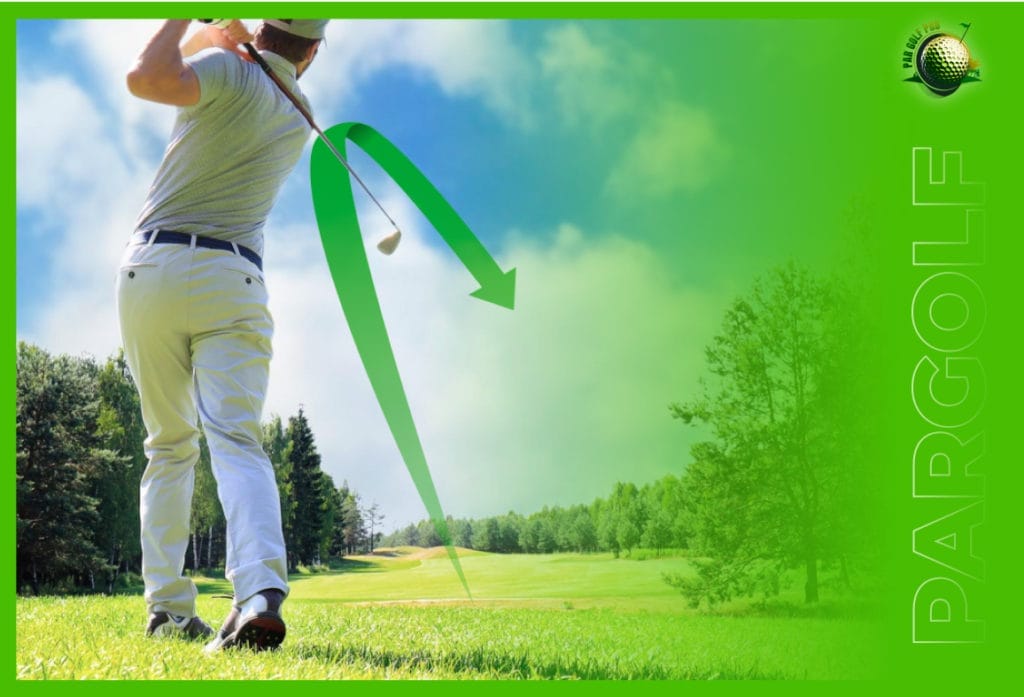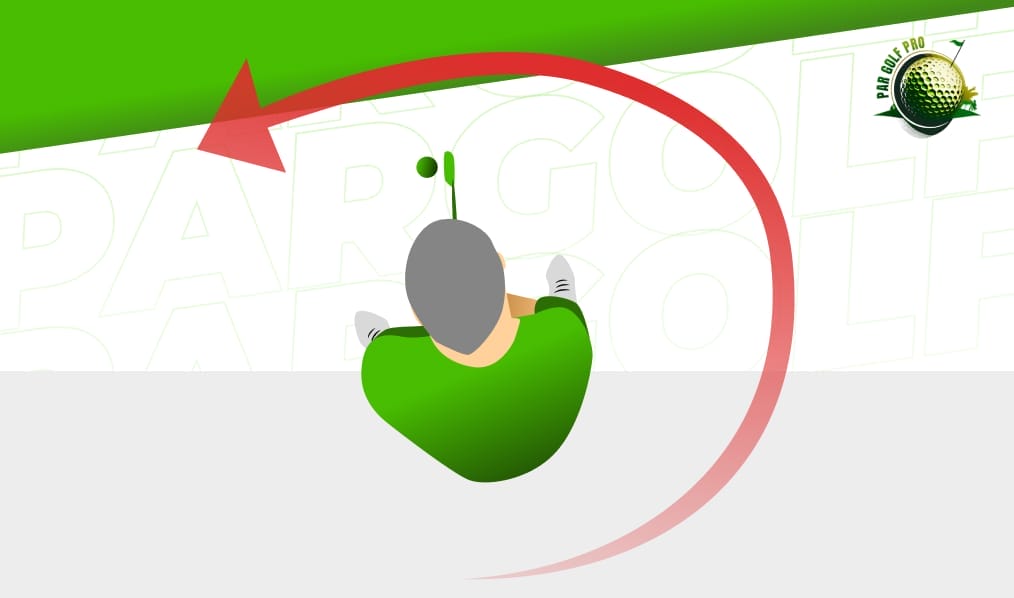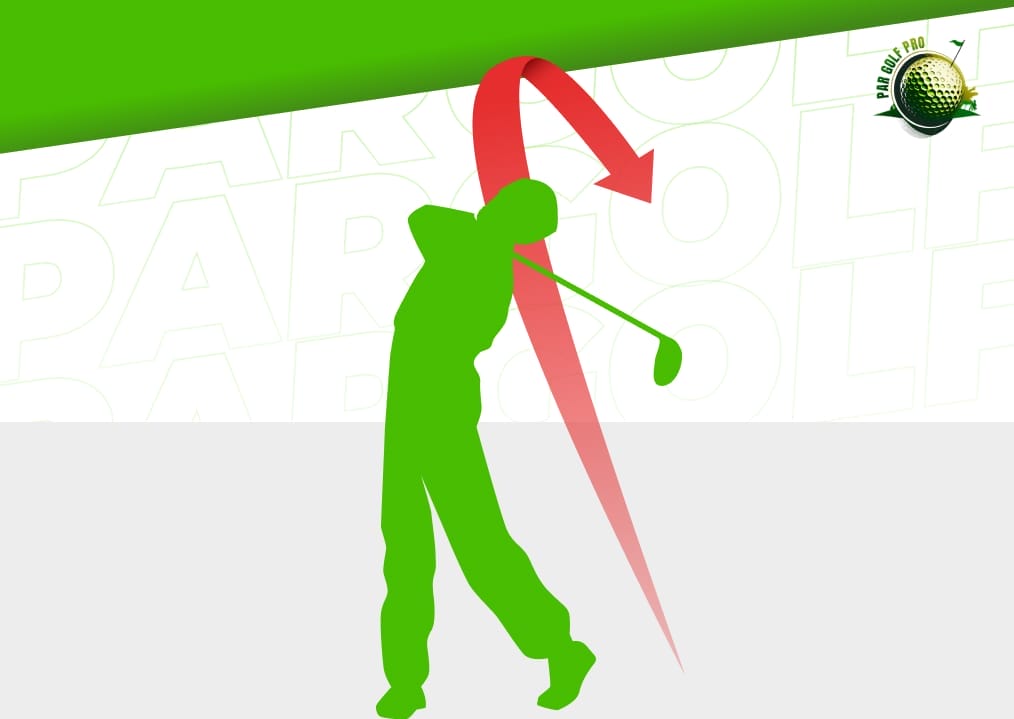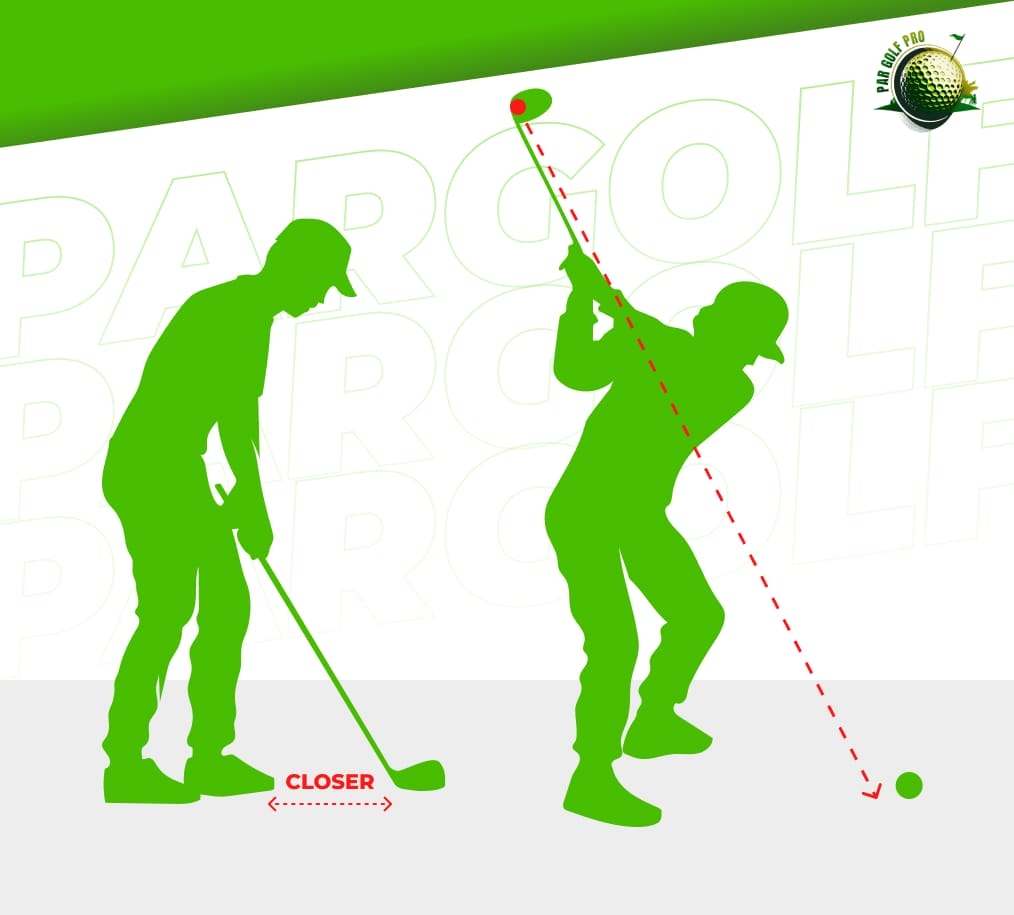If you’re new to golf or just starting to explore different shot shapes, you might be wondering, “What is a fade in golf?” Golf is a game of precision and strategy, where golfers use different shot shapes to navigate the golf course. One of the most popular shot shapes in golf is the fade.
In this blog post, we will explore the fundamentals of a fade, its importance, the benefits of hitting a fade, the technical aspects of executing a fade, how to hit a fade, professional golfers who prefer a fade, and tips for overcoming challenges.

Understanding What a Fade in Golf is
Before diving into the details, it’s important to have a clear understanding of what a fade is in golf. A fade is a golf shot shape that curves slightly from left to right (for right-handed golfers) or right to left (for left-handed golfers). Unlike hitting a draw shot, which curves in the opposite direction, a fade shot moves in the same line as the target but with a gentle curve away from it.
The Basics of a Fade
To hit a fade, there are several key elements to consider.
First, a fade requires a stance aimed slightly left of your target. The clubface position for a fade is open compared to your stance (for right-handed golfers).
Additionally, ball position, alignment, and clubface influence a fade. Golfers often tee the ball higher to promote trajectory, and a fade is achieved by swinging along the target line. For irons, the ball is played a little forward in your stance.
Why is a Fade Important?
A fade gives golfers an easy way to control the ball’s flight and shape their shots. This control increases accuracy, making the fade valuable in a golfer’s game. Using the fade shot, golfers can navigate obstacles on the course, such as bunkers, or position their shots strategically to avoid trouble areas. A fade also has less backspin, which results in less roll upon landing, providing additional control and consistency.

The Benefits of Hitting a Fade
Hitting a fade offers several benefits, making it a popular choice among golfers.
A fade gives golfers better control and consistency over their shots. This controlled manner of play gives golfers confidence in executing their desired shot. Additionally, a fade produces a higher trajectory, which can be advantageous when hitting approach shots into greens with well-protected pin positions.
Golfers often opt for a fade to maintain consistent ball position and swing mechanics, improving shot consistency and overall performance.
The Technical Aspects of a Fade
To execute a fade successfully, several technical aspects must be considered. These include swing path, clubface position, grip, and stance. Understanding these elements and how they contribute to the fade will help golfers consistently achieve the desired shot shape.

The Swing Path for Hitting a Fade
The swing path is a crucial factor in hitting a fade. To achieve a fade, golfers should swing slightly outside-to-inside — ideally -2 to -3 degrees — meaning the club path should be directed left of the target line (for right-handed golfers). This club path and an open clubface position — ideally -1 to -2 degrees — encourage the fade shape. Understanding and ingraining the proper swing path is essential for consistency in executing a fade shot.

The Role of Grip and Stance
Grip and stance play a significant role in hitting a fade effectively. A strong grip, where the hands are turned slightly to the right on the club grip (for a right-handed golfer), helps promote a fade shape. Additionally, an open stance, where the golfer’s front foot is positioned slightly further from the target line, can further enhance the fade shot. These grip and stance adjustments, along with proper clubface alignment, ensure that the golfer is set up for a controlled shot.

Clubface Positioning for a Fade
The position of the clubface at impact is critical for hitting the shot. For a fade, the clubface should be slightly open, meaning it is pointing to the right of the target line (for right-handed golfers). This clubface position influences the ball flight, causing it to curve gently away from the target. By manipulating the clubface position, golfers can shape the ball with a fade and better control their shot.
How to Hit a Fade
Now that we have discussed the technical aspects of a fade, let’s dive into how to hit a fade. By following a step-by-step guide and avoiding common mistakes, golfers can master this shot and add it to their arsenal of golfing techniques.

Step-by-Step Guide to Hit a Fade
To hit a fade consistently, follow these steps:
- Adjust your grip. Make sure the knuckles on your left hand aren’t visible on your grip, but the knuckles on your right hand are.
- Align your clubface to achieve the optimal fade shape.
- Position the golf ball slightly forward in your stance.
- Emphasize swinging out-to-in
- Develop muscle memory through consistent practice to hit a controlled fade shape.
Common Mistakes to Avoid
When learning to hit a fade, there are common mistakes golfers should avoid. Over-fading, where the ball curves excessively, can lead to undesirable shot outcomes. Additionally, slicing, an exaggerated fade, can result in loss of accuracy and distance. Golfers should also ensure consistency in ball positioning, clubface alignment, and golf swing mechanics to avoid inconsistencies. Finally, golfers should be mindful of maintaining a relaxed and fluid swing, avoiding unnecessary tension that can interfere with executing a controlled fade shot.
Practice Tips for Mastering a Fade
Mastering a fade requires consistent practice and focus.
- Dedicate focused practice sessions specifically for hitting fades.
- Utilize golf drills designed to improve your fade — you can use pool noodles and alignment sticks.
- Seek guidance from golf instructors to fine-tune your technique.
- Practice hitting controlled fade from different lies and course conditions.
- Incorporate visualization techniques to enhance your ability to execute with precision and consistency.
Professional Golfers Who Prefer a Fade
Professional golfers often have their preferred shot shapes, and some notable players favor the fade. Let’s take a look at a few golfers who have employed the shot effectively in their game.
Notable Players and Their Techniques
Lee Trevino, known for his shot-making abilities, mastered the art of the fade, which helped him navigate challenging golf courses successfully. Jack Nicklaus, one of the greatest golfers of all time, utilized a fade to gain an edge in his golf game.
For current players, Jon Rahm, one of golf’s top players in the world, hits a fade, showcasing its effectiveness at the highest level of play. He is a prime example of how a fade promotes accuracy, as he hit more than 85% of fairways off the tee, according to the PGA Tour.
Learning from these players’ techniques can provide valuable insights into perfecting the fade for amateurs and professionals alike.
Learning from the Pros
Observing how professional golfers hit a fade can offer valuable lessons for golfers of all levels. Studying the swing path, clubface alignment, ball trajectory, and shot shape of experienced golfers can provide insights into how to shape your shots effectively.

Overcoming Challenges with a Fade
While a fade offers many benefits, golfers may encounter challenges when attempting to shape their shots. Let’s explore some common challenges faced when hitting a fade and how to overcome them.
Dealing with Over-Fading or Slicing
One common challenge golfers face when hitting a fade is over-fading or slicing the ball.
To address this, golfers can adjust their grip position and focus on achieving a slightly less pronounced shape. By fine-tuning the swing path, clubface alignment, and stance, golfers can achieve a controlled fade without excessive curvature. Consistency in swing mechanics is also crucial in preventing over-fading or slicing the ball.
Integrate a Fade to your Arsenal of Golf Shots
A fade in golf is a shot that offers control, accuracy, and versatility on the course. It is a valuable skill to master for golfers of all levels, and by integrating it into your game, there won’t be a shot you can’t hit. Between a fade, a draw shot, and a straight shot, you’ll be able to maneuver obstacles and adjust to high-speed winds.
By understanding the basics of a fade and its importance, you can harness its benefits to improve your game. Embrace the fade and elevate your golfing experience.


